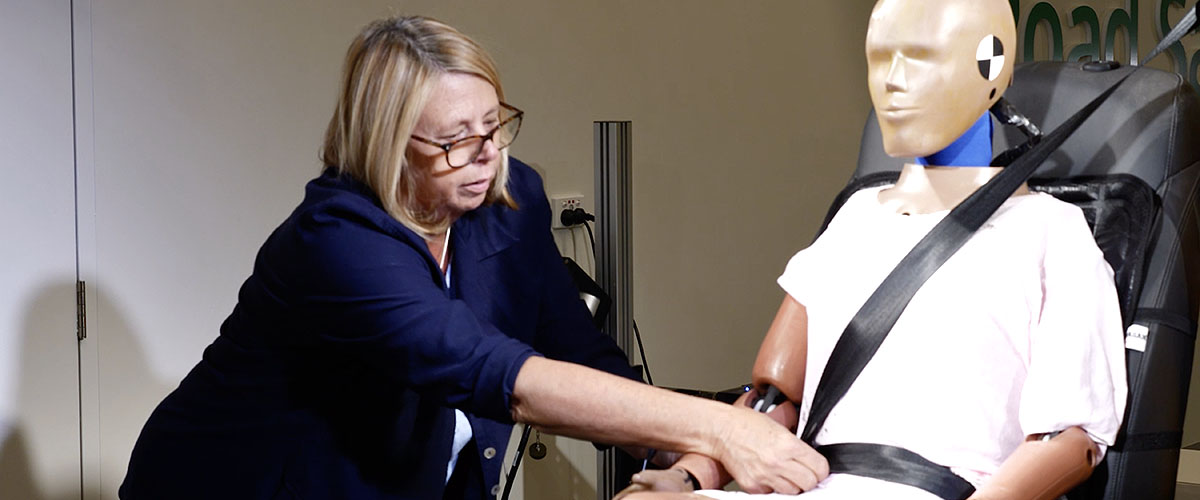New research has found that common accessories typically used by older Australians to improve comfort in cars may increase the chance of injury during a crash.
Researchers at the Transurban Road Safety Centre at Neuroscience Research Australia (NeuRA) conducted more than 100 crash test simulations using a wide range of car seat accessories and found that some types of accessories may pose health risks.
These accessories include items that some drivers use to sit on, or place between their back and the seat, such as seat base cushions, seat back cushions, back support or head-rest cushions.
“Around a quarter of older drivers use an aftermarket accessory to improve their comfort. But these products often have not been tested for safety,” said Associate Professor Julie Brown, the Joint Director of the Transurban Road Safety Centre at NeuRA.
Car accidents are riskier for older drivers aged 65 and above because their increased fragility makes them more susceptible to injury. For example, chest injuries are the primary cause of death for older drivers, compared to head injuries for younger drivers.
“The results show accessories that change the geometry of a seatbelt or the posture of a driver could increase the chance of these chest injuries in a crash,” said Associate Professor Brown.
“Our findings demonstrate the need to provide better guidance for older drivers on how to both be comfortable and safe while behind the wheel. Currently there is nowhere for people to go to get information about how to safely use these accessories,” she said.
Associate Professor Brown recommends drivers check whether seats can be adjusted before using an accessory.
“If a driver can adjust their seat instead of sitting on a cushion or placing something behind their back, it will likely be much safer,” she said.
Transurban Road Safety Centre researchers are now taking their findings to clinicians, motor vehicle safety experts and older drivers to develop a set of safety recommendations about how to use these accessories in cars and which ones not to use. This is expected to be complete later this year.

